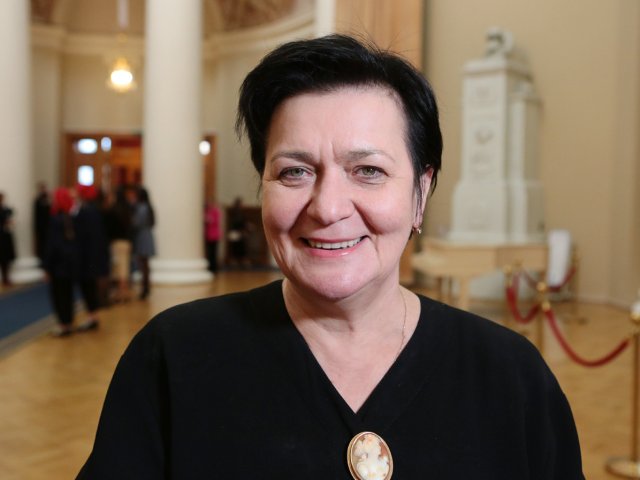July 16, 1902 is the birthday of Aleksandr Luria, a Soviet psychologist, the founder of neuropsychology.
Aleksandr Romanovich Luria (1902–1977) was the Soviet psychologist who laid the foundations of neuropsychology in the USSR.
But he was not obsessed with psychology from the start. First, Luria finished the gymnasium with a Silver Medal, then, at 19, he graduated from Kazan University. Inspired by the brilliant Sigmund Freud, he even created a psychoanalysis club. He wrote Freud about it and even received an answer. This was the start of Luria’s path to psychology.
In the 1920s, he researched affective conditions in humans. The result was a combined motor test for hidden affective complexes. Luria’s joint research with L. S. Vygotsky, A. N. Leontyev and other scientists resulted in the cultural-historical theory of human mind. On the basis of theoretical and experimental research on issues of localization of higher mental functions and their impairment due to local brain damage, the scientists formed the conception apparatus and the phenomenological base of neuropsychology. Those research projects also built the base for neuropsychological diagnostic methods.
Aleksandr Luria was an important contributor to the Soviet crime detection science and criminology. For instance, his name is associated with the establishment and development of the equipment-assisted “lie detection” method.
His research in the second half of the 1920s was based on the association method. In addition to it, the scientist suggested machine-recording the speed of the subject’s motor response to stimulus words.
This is what Aleksandr Luria wrote about it in his memoirs:
«...The essence of our experiment was as follows. My assistant would make up a story, which would then be read to several subjects. For example, one of the stories was about a thief who broke into a church through a window and stole a gold candle holder, an icon and a crucifix. The subjects were instructed to remember the story but conceal that they knew it. Then, together with subjects who had not heard the story, they were asked to take part in an experiment, where they had to respond to about 70 words, of which ten were “critical” words. The subjects had to press a key with their right hand while saying any word in response. My job was to use the combined records of motor and verbal responses to identify “critical” words, and to tell who among the subjects had known the story and who hadn’t, and what the story was. The method was later applied in court practice.».
The scientist worked at the Laboratory of Experimental Psychology under the Moscow Province Public Prosecutor’s Office. There, he was researching the mental state of people suspected of serious crimes during the time between their arrest and the trial, and after the trial. As a result, the researcher concluded that the “the state of the motor system is an accurate reflection of the subject’s neuropsychic state, which offers an objective description of the current response.”
In 1927, Aleksandr Luria stated that “the method of detecting involvement (in a crime) based on psychological experiment should be seen in the future as one of the most important possibilities for applying objective methods in crime detection.”
Years of research built a vast experimental database with data from over fifty people. Most of them were serving sentences for grievous and extremely grievous crimes: murder or being accessory to murder.
Luria's research has had enormous practical significance. The method where the subject’s responses to different words were compared helped find the real perpetrators. This work was the precursor of the lie detector. Luria created the general principle of psychophysiological methods, which helped read hidden information. The principle is: “The only chance of looking into the mechanics of internal ‘hidden’ processes is in combining such hidden processes with some simultaneous set of processes that can be observed directly and reflect inner patterns and proportions.”
Major works in legal psychology:
Combined motor test methodology and its application in testing affective responses. //Problemy Sovremennoi Psychologii, Vol.3, 1928.
Psychology in detecting evidence of a crime //Nauchnoye Slovo, 1928, No.3, 1928.
Experimental psychology in trial and criminal investigations. 1929.
The nature of human conflicts. N.Y., 1932.
The nature of human conflicts: Objective study of disorganized human behavior. M., 2002.
Photo on the homepage and page: Lev Ivanov / RIA NEWS






















